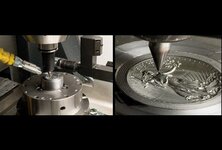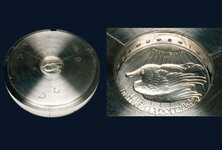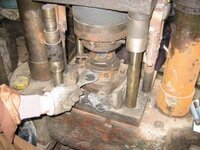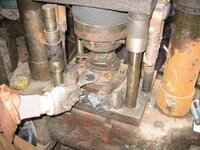Maritime
Greenie
My brother-in-law down in south Florida would like to know if anyone's making nice reproduction escudos -- apparently wants to have one made for his wife with gold from a Krugerrand or two he has laying around. Any advice appreciated. 










